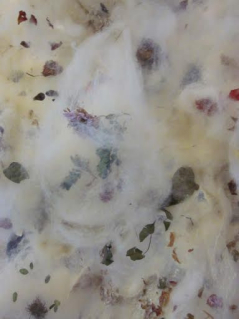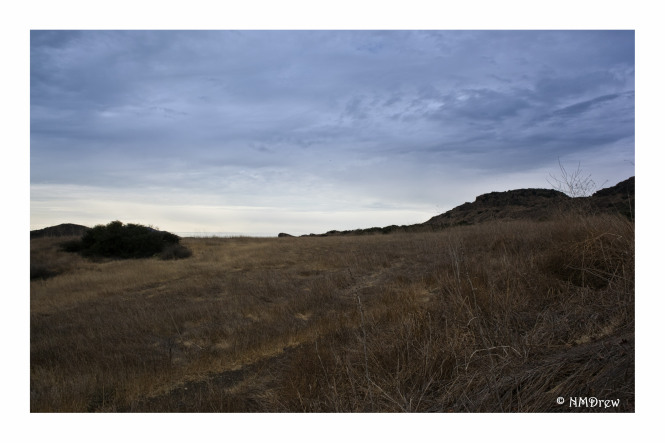****** For more details, please see my previous post ******
Exploring the 12 Days of Christmas History and Life in the 18th CenturyBy Christine Henrichs – originally published in Backyard Poultry Magazine (2013) – I have added a few photos and modified the text slightly!
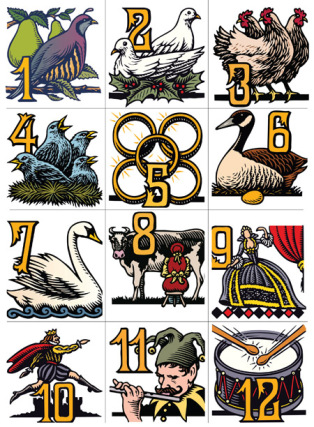 Four Calling Birds
Four Calling Birds
In the Carol ” The Twelve Days of Christmas”, Day Four, the “calling” birds were originally “collie” or “colley” birds, meaning black-as-coal blackbirds. My poultry mind wants to stretch and consider that they could have been black domestic fowls, such as the old French breeds, all of which were often black, or black Spanish chickens.
Black turkeys also were popular in the 18th century in Europe. ( see photo at end of post)
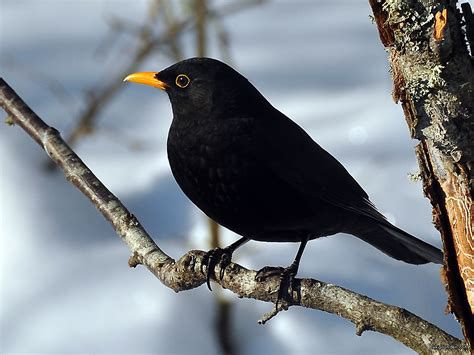
A very black Blackbird! Not sure why they should have been a gift to a ‘true love’, but they were thought to have magical powers, and are well known for their beautiful ‘song’, so maybe they are in fact “calling birds’ – smile
Black fowl lost favor because the dark feathers show up in the skin of the bird prepared for the table, unlike white feathers. In the 19th century, white birds lost popularity because they were thought to be constitutionally weak. Fashions in food are as variable as fashions in dress.
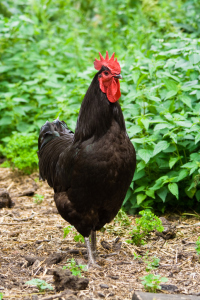
jersey giant cockerel
Many breeds have modern black color varieties. American breeds such as Javas, Jersey Giants, sometimes called Black Giants, and the English Orpington have black heritage. Asian breeds such as Cochins and Langshans have a strong history of black plumage. Sumatras are always black.
Black varieties of Orientals are relatively recent, such as Malays and Cubalayas. Among Mediterranean breeds, the White-Faced Black Spanish is an old breed. Minorcas were originally an entirely black breed called Red-Faced Black Spanish.

cayuga duck
Black East Indies ducks are an old breed, although whether they date back to the 17th century is a matter of discussion. Some authorities trace their history back only as far as the 19th century. Cayuga ducks are always black. The recognition of the breed dates back to the 19th century, but it originated from wild American Black ducks crossing with domestic ducks. A black variety of Runner ducks is recent, 20th century. Black ducks could fit the description of “colley” birds.
Black turkeys were popular in Europe, and after Columbus introduced the wild turkey, American colonists crossing the Atlantic brought domesticated black varieties with them. Turkeys were often known by their origin as well, such as the Norfolk Black and the Black Spanish.
In domestic poultry, black plumage has an iridescent quality that gives it a greenish sheen, sometimes complemented with violet. The feathers are truly beautiful and eye-catching, suitable for a gift that would honor the season.

A ‘spanish style’ Black Turkey
Share this:- More


